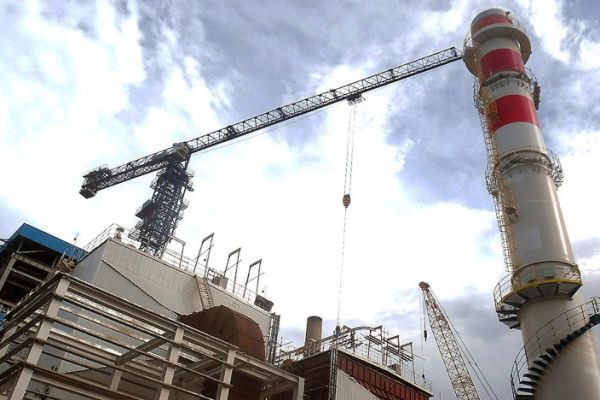
The increase in the capacity of the 30 de Noviembre power plant in San Cristobal, among other works related to sugar production, will guarantee the operation of Cuba’s second bioelectric power plant, to be built in areas of this industry in Artemisa.
Bioelectricity is a technology that generates clean electric energy from biomass such as bagasse, crop waste, rice straw or wood.
Cuba has this technology in the Ciro Redondo power plant in Ciego de Avila (center of the country), which provides the electricity demanded by the mill and the rest is supplied to the National Electroenergy System (SEN), which results in substantial oil savings for the country, which in the case of the Artemisa plant, with Indian capital, will be 100, 000 tons in the 300 days it has to operate per year.
The installation of two other plants (in the Jesus Rabi sugar mills, in Matanzas, and Hector Rodriguez, in Villa Clara) is planned as part of the strategy developed by the country to change its energy matrix and expand the use of renewable sources.
Aray Otano Otano, head of maintenance at the 30 de Noviembre sugar mill, told ACN in an interview that for the last five years investments have been made at the mill to increase the milling capacity, essential for the production of bagasse required by the bioelectric plant, such as the installation of four discontinuous spinners and a system of evaporators to improve the mill’s energy efficiency.
During the current sugar season, work is being carried out on continuity investments such as the assembly of two 60-ton modular weights and their access road, as well as a new honey tank and the reconstruction of another one, the capacity of the collection centers is being expanded and a warehouse for refined sugar is being built, Otano Otano added.
The location of the bioelectric plant, which would generate 54 Mega Watts,
has been determined, but the arrival in Cuba of the specialized Indian
personnel linked to the work has been delayed as a consequence of COVID-19, they are working on a project allowing the interaction of the plant, the sugar mill and the preservation of the environment from cleaner productions, the expert indicated.
The bioelectric plant, apart from contributing energy to the SEN, eliminates
the use of the plant’s turbo generators, already in operation for four
decades, and allows the factory to work with better quality treated water
 Escambray ENGLISH EDITION
Escambray ENGLISH EDITION





Escambray reserves the right to publish comments.